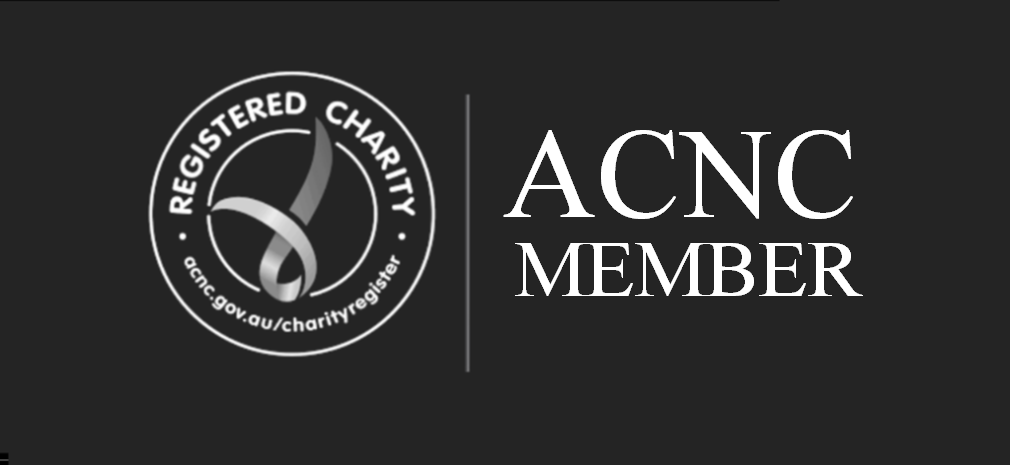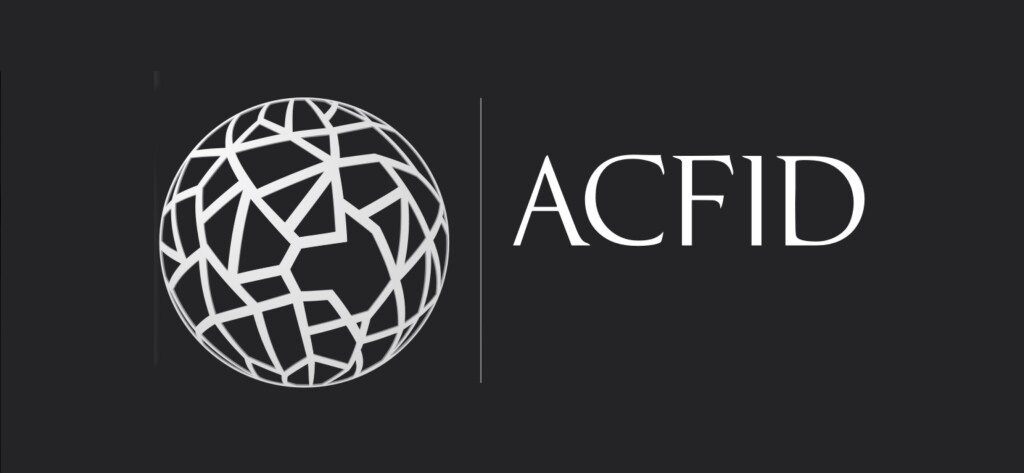Verifier
Policy, statement or guidance document that commits the Member to the inclusion and representation of those who are vulnerable and those who are affected by the intersecting drivers of marginalisation and exclusion, including not restricted to race, religion, ethnicity, indigeneity, disability, age, displacement, caste, gender, gender identity, sexuality, sexual orientation, poverty, class and socio-economic status.
Guidance
Your policy, statement or guidance document could include: an outline of the principles underpinning your organisation’s approaches to inclusion; and clarification of your organisation’s understanding of who/which groups are marginalised and excluded; and an outline of the procedures or practices required such as: good contextual analysis to understand the intersecting drivers, explicit reference to inclusion and systems of exclusion in design templates and appraisal/selection templates and processes, and the allocation of resources to initiatives with a primary focus on the inclusion and representation of vulnerable, marginalised and excluded people.



